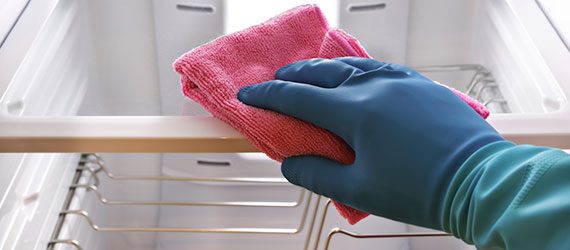General hygiene procedures are applied wherever people go to minimise the likelihood of spread of disease. The I&I sector provides products, tools and equipment to meet these general needs in all kinds of public places from schools and offices to hotels, retirement homes, leisure facilities and public transport.

In contrast, in areas such as the food, and catering industries and the medical arena – which must routinely manage a high risk of transmission of infections – there are many specific hygiene procedures closely tailored to control these risks.
Bathrooms and toilets
Away from food preparation areas, bathrooms and toilets are among the most important areas in public places to be kept clean and hygienic. The risks of transmission of infection here are greater because of the presence of gastrointestinal organisms that transmit disease by the faecal–oral route, and because such areas are often moist which extends survival times and increases transmission.
Handwashing and key touch points
As in many institutional situations, handwashing is the most important hygiene measure because hands are the vehicle on which organisms are most easily transported from a source of contamination into the body to cause infection. Surfaces and items that are frequently touched by different people’s hands, such as taps, handles and toilet seats, are thus also important points at which transmission can be interrupted.
Other surfaces such as floors and walls which are infrequently touched are less important and, although they need to be kept clean, they need disinfection only in response to specific risks such as spills of hazardous material or the likely presence of infectious fungal organisms.